Lead story
Leading the charge to a common charger
For all too long, ANEC and other consumer organisations have been calling on manufacturers to provide a common external power supply for mobile phones and other devices. Therefore, we are pleased the European Parliament plenary on 30 January adopted a Resolution calling on the European Commission to put forward mandatory rules on common chargers by July 2020 at the latest. For more than 10 years, MEPs have joined us in demanding a common charger for mobile phones, tablets, e-book readers and other portable devices.
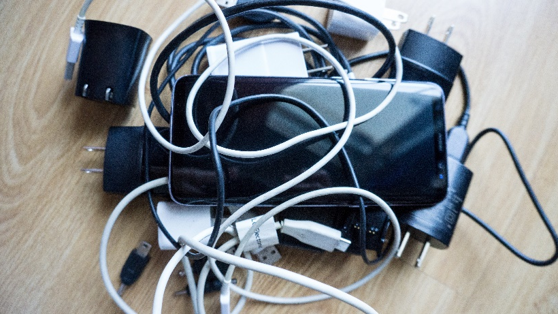
The Parliament expressed “urgent need for EU regulatory action” to reduce electronic waste and empower consumers to make sustainable choices. The resolution was approved by 582 votes to 40, with 37 abstentions, in calling for mandatory introduction of common chargers for all mobile devices. The Parliament wants the Commission to adopt a delegated act as foreseen in the Radio Equipment Directive (2014/53/EU) by July 2020 or, if necessary, table a legislative measure by the same date.
We are also pleased to see the European Commission has put a new proposal on common chargers for mobile phones and similar devices in its Work Programme 2020. As part of its legislative proposal, the Commission has published an Impact Assessment study.
Find out more in the ANEC factsheet here.
Horizontal
European Consumer Summit 2020
Several ANEC members, experts and members of the Secretariat team joined the European Consumer Summit 2020, which took place in Brussels on 30 & 31 January, with the theme “Consumers in the Green and Digital Transition”.
We welcomed plans for the New Consumer Agenda, presented by Commissioner Didier Reynders, which will cover issues such as digital transformation, climate change, better consumer information, durability & reparability, and, of special note, a revision of the General Product Safety Directive to cover on-line safety. ANEC will contribute to these priorities through our work in standardisation and on policies linked to standards.
Participants had the opportunity to join workshops for a deeper consideration of a selection of issues, ranging from AI to e-commerce, financial services, and sustainable consumption. One of the workshops featured a presentation of PROMPT, the H2020 project, ‘Premature obsolescence multi-stakeholder product testing programme’, to which ANEC contributes.
The presentations given at the event, and the record of both days, can be found online.
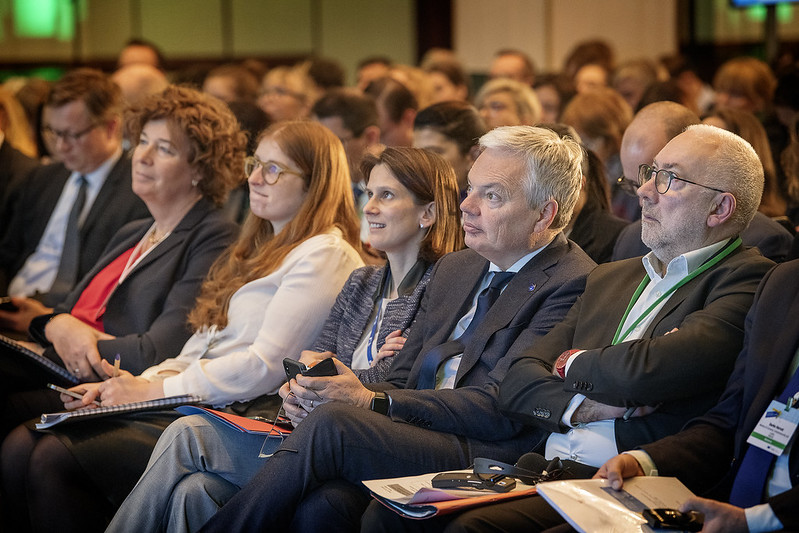 Photo credit: Simon Pugh Photography
Photo credit: Simon Pugh Photography
Child Safety
Review of ISO/IEC Guide 50
ISO/IEC Guide 50 ‘Safety aspects — Guidelines for child safety in standards and other specifications’ was submitted to systematic review until 3 March. In general, ANEC does not believe a full revision is needed at the moment. Nevertheless we submitted some comments in case the opinion of ISO/IEC members differs.

ISO/IEC Guides are often translated at national level into languages other than the official ISO/IEC languages, a process that can take time. Noting this, if there are no major issues that need correction, we believe any updating should concentrate on only new issues which would not require the complete re-translation of the Guide. Such an update could be through an appendix, supplement or addendum to the current version.
Accessibility
Review of ISO/IEC Guide 71
ISO/IEC Guide 71 'Guide for addressing accessibility in standards' was also submitted to systematic review until 3 March. Given Guide 71 remains valid, ANEC wants to see the Guide confirmed. The Guide is adopted as the identical CEN-CENELEC Guide 6.
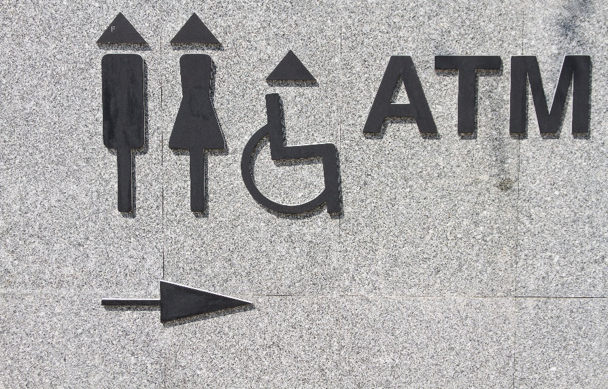
ANEC contributed to the revision of ISO/IEC Guide 71 published in 2014 by ISO, IEC and International Telecommunication Union (ITU). The publication of the revised Guide 71 was accompanied by a policy statement from IEC, ISO & ITU on standardisation and accessibility. Both documents are available on the ISO website.
Domestic Appliances
EN IEC 63008 adopted
ANEC welcomes adoption of EN IEC 63008 ‘Household and similar electrical appliances – Accessibility of control elements, doors, lids, drawers and handles’, developed by WG11 of IEC TC 59 ‘Performance of household and similar electrical appliances’. Several ANEC members were involved in the drafting of this standard, which provides information in the form of facts on accessibility, and an understanding of the interaction between appliances and users with a wide range of abilities.
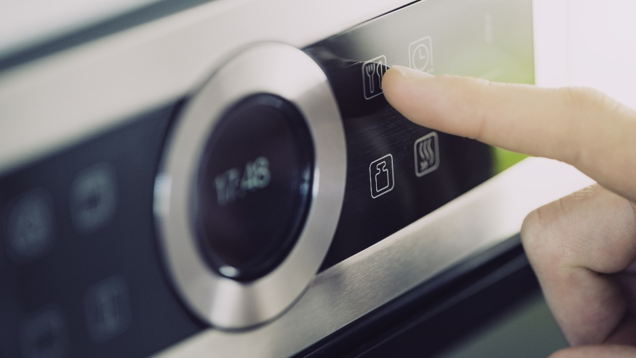
EN IEC 63008 contains accessibility requirements to enable more accessible use of certain elements found on household and similar electrical appliances by older persons and persons with disabilities. It provides guidance to achieve accessible design of control elements (e.g. knobs, buttons), including control panels, display screens & doors, lids, drawers & handles. It covers supporting and auxiliary functions that a user performs regularly, as well as test methods and data supporting accessible design. It does not enable the full assessment of the accessibility of an appliance as safety, assembly, installation, configuration and repair.
Blenders standard continues to cause ‘mixed’ opinions
In 2014, Germany submitted a Formal Objection (FO) against EN 60335-2-14 ‘Household and similar electrical appliances - Safety - Part 2-14: Particular requirements for kitchen machines’ because of safety problems in terms of access to the (rotating) blades of blenders.
The German authorities asked for the provisions for kitchen appliances to be applied to blenders, using the same test probe, using an interlock switch, and using the stopping time (1.5 sec) for kitchen machines. In addition, Germany did not accept that EN 60335-2-14 should offer less protection to users than EN 12852 (on blenders for professional use). ANEC supported the Formal Objection.
ANEC joined the work in CENELEC TC 61 to address the Formal Objection. We pressed for blenders to be made as safe as possible through design, whereas manufacturers considered warnings to be sufficient in the belief that the risk of accidental contact with moving blades is low. Although ANEC was able to cite a joint market surveillance action on blenders, which showed 27% of the blenders tested to feature an interlock, EN 60335-2-14/FprAD – which was submitted to Formal Vote in December, still did not require an interlock. ANEC opposed the proposal, as it does not solve the Formal Objection nor sees Part 2-14 offering the same protection to users as EN 12852. Interestingly, we understand the Formal Vote was halted before its deadline of 7 February. We trust reflection will now see the proposal improved to offer levels of safety that safeguard consumers adequately.
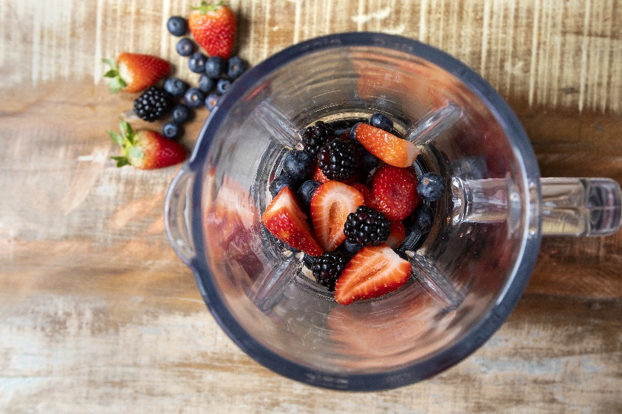
Eco-design
Eco-design of household appliances & material efficiency
Building on a successful partnership over the past three years, ANEC is continuing its work with ECOS in 2020 on the Eco-design standardisation of energy-related projects, and the material efficiency of key consumer products. This includes vacuum cleaners, dishwashers and household laundry appliances. The work supports implementation of the Eco-design and Energy Labelling Directives.
Sustainability
New rules on drinking water near agreement
On 5 February, the Council’s Permanent Representatives Committee (Coreper) confirmed provisional agreement on the text to update the Drinking Water Directive. It was approved by the ENCI Committee of the European Parliament on 18 February. The text now remains to be adopted by the European Parliament plenary and Environment Council.
ANEC believes the text constitutes a major improvement of the initial legislative proposal. In particular, we note Article 10a, on materials in contact with drinking water, reflects our contributions of the past years. The requirements now defined represent a step forward in the better protection of consumers’ health.
We also welcome that ECHA has started working in parallel in compiling a list of substances which can be used safely in materials that come into contact with drinking water.
Once adopted, the new directive will require the establishment of a watch list addressing substances or compounds of public or scientific health concern (e.g. pharmaceuticals, EDCs, microplastics). More details in the Council press release.
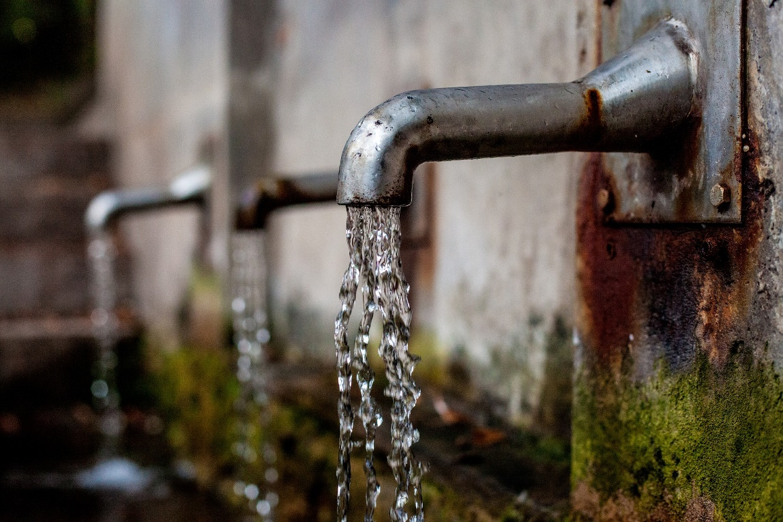
Digital Society
Most products bought online fail safety tests
A collaboration between two of ANEC’s sister consumer organisations and their members has shown 66% of products bought online failed safety legislation or standards, with possible consequences such as electric shock, fire or suffocation.

BEUC, ICRT and a consortium of their members tested 250 electrical goods, toys, cosmetics and other products bought from online shops such as Amazon, AliExpress, eBay and Wish.
Monique Goyens, BEUC Director-General, said, “It’s time the EU makes online marketplaces liable for dangerous products sold on their sites, and that authorities place them under greater scrutiny. This should make marketplaces more cautious in the future and would prevent consumers from being exposed to unsafe products in the first place – the most effective way of protecting them”.
In November 2019, ANEC participated in an European Commission workshop on cooperation between market surveillance authorities (MSAs) and online marketplaces. We said MSAs are not aware which products are circulating on the market, and proposed a product registration database introduced for energy-labelling be extended to other sectors and online products.
ANEC at ENISA/ESOs conference on cybersecurity
ANEC spoke at the ENISA/CEN/CENELEC/ETSI conference, “Cybersecurity Standardization and the Cybersecurity Act-What’s up?”, which took place on 3 February in Brussels.
Our expert, Marcus Pritsch, highlighted 44% of the products on the market remain unsecure and yet feature some of the products most often used by consumers. He also stressed that, as the ultimate users of many of these products, consumers need to be better protected without further delay.
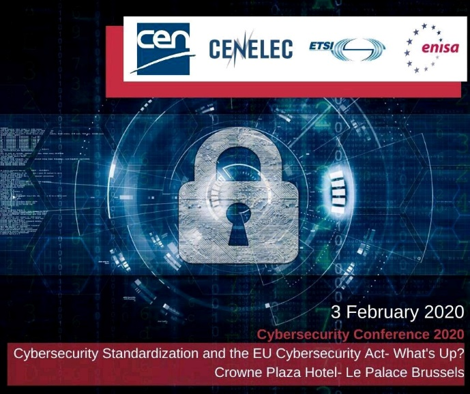
Traffic & Mobility
Roadmap to a Single European Transport Area
ANEC welcomes an evaluation by the Commission of the 2011 White Paper, ‘Roadmap to a Single European Transport Area – Towards a competitive and resource efficient transport system’.
The White Paper defines a long-term vision for the transport sector, and actions to respond to future constraints: oil dependency, growing congestion and pollution, and need to cut greenhouse gas emissions.
The provisions of the White Paper on safety looked to promotion of road safety technology, reducing accidents and injuries, especially among vulnerable users, and the advancement of training and education of road users. These are key aspects in the work programme of the ANEC Traffic & Mobility Working Group, and we look forward to talking to the consultants undertaking the evaluation in early March.

News from ANEC member countries
Germany
DIN publishes study on smart toys
The final report from DIN’s study “Digitization aspects and consumer requirements with regard to smart toys - Implementation in standardization” is now available.
Standards, such as EN 71-1 (safety of toys) and EN 62115 (safety of electric toys), provide manufacturers with instructions for the construction of toys and how certain aspects can be met. Standards also provide consumers with confidence that a toy will be safe if it complies with their requirements. In order to guarantee the safety of new types of toy coming on to the market, it is necessary to consumer requirements in the light of digitisation and the link to standards.

With this is mind, the Institute for Consumer Policy was commissioned by the DIN Consumer Council to consider a) the new consumer requirements that arise from the digitisation and networking of toys; b) the extent to which these requirements are covered by existing toy standards; c) the possible application of standards from other areas to smart toys; d) the options available to implement these new consumer requirements in standards.
The results show three overarching findings for the standardisation of smart toys from the consumer's point of view.
The first is 28 new consumer requirements due to the digitisation of toys. Most of these relate to data protection and the data security of smart toys.
The second is that, in addition to toy standards such as EN 71-1 and EN 62115, standards and specifications for connected devices may also be relevant to smart toys. As part of the study, the specifications ETSI TS 103 645 (Cyber Security for Consumer Internet of Things), DIN SPEC 27072 (IoT devices – Minimum requirements for information security) as the draft ISO 31700 (Consumer Protection – Privacy by Design for Consumer Goods and Services) were identified and examined.
The third is that the comparison of consumer requirements and relevant standards shows a heterogeneous picture regarding the implementation of these requirements in standards.
The three findings result in three recommendations for action.
- General consumer requirements for connected devices – also relevant to smart toys – should be included in standards for IoT devices. Regarding data security, cooperation within the framework of the new European standard ETSI EN 103 645 is advised;
- Regarding data protection in standards, it is advisable to participate in the development of ISO 31700 in the ISO/PC 317 committee, focusing on privacy-by-design for connected consumer devices and related services.
- Specific consumer requirements for smart toys should be reflected in toy standardisation or content introduced in the relevant committees. Another entry point is the IEC 62115 standard on the safety of electrical toys and similar work from IEC/TC 61. Here the scope of the committee and the standard would need to be extended to include electronic and connected toys.
| List of meetings 2020 |
For comments or if you wish to write an article for the ANEC Newsletter, please contact: Marijana ANTAROROVA (This email address is being protected from spambots. You need JavaScript enabled to view it.).


